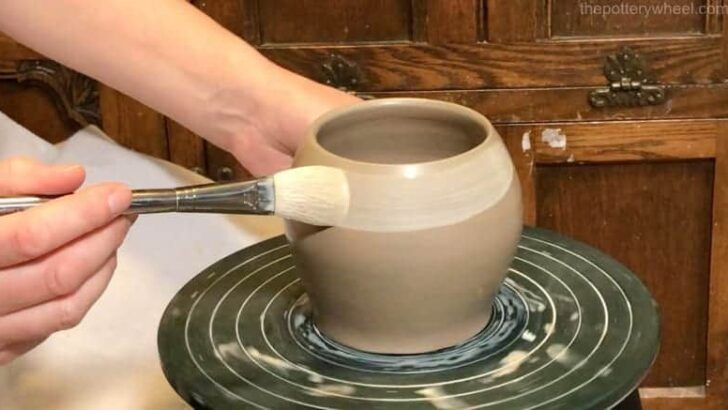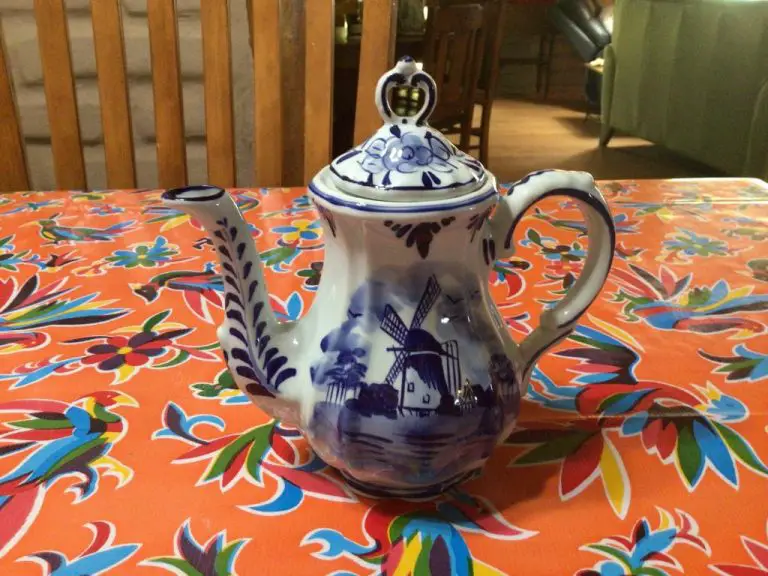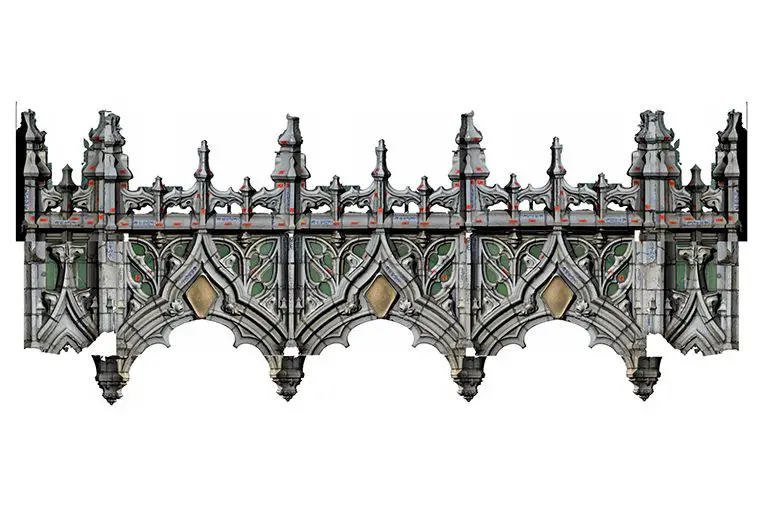What Kind Of Clay Do You Use To Customize Dolls?
Introduction
Customizing dolls with clay is a fun craft that allows you to create one-of-a-kind dolls. Clay gives you the ability to sculpt new hairstyles, clothing, accessories and more for your dolls. With the right type of clay, you can bring your creative visions to life.
There are a few main types of clay that work well for customizing dolls – polymer clay, air-dry clay and epoxy clay. Each has their own properties and are suited for different techniques and looks. The key is choosing the right type of clay for your project.
This article will provide an overview of the different clays used for doll customization. We’ll explore their unique properties, how to work with them, and tips for choosing the ideal clay for your needs. Read on to learn how to use clay to make your dolls one-of-a-kind!
Different Types of Clay
The three most common types of clay used for customizing dolls are polymer clay, air-dry clay, and epoxy clay. Each type has unique properties that make them suitable for different customization techniques.
Polymer Clay
Polymer clay is made from polyvinyl chloride (PVC) mixed with plasticizers and colors. It can be conditioned and shaped by hand without drying out. Polymer clay remains flexible and workable until cured in a regular oven or toaster oven. Once baked, it hardens permanently into a strong, durable plastic. Popular brands include Sculpey and Fimo.
Air-Dry Clay
Air-dry clay is made from natural materials like cellulose or cornstarch mixed with polymers and pigments. It air dries to a solid form within 24 hours without baking. Air-dry clay is easy to work with and dries quickly, making it good for basic shapes and smoothing seams. Brands like Crayola Model Magic and ACTIVA Air-Dry Clay are commonly used.
Epoxy Clay
Epoxy clay is a two-part putty consisting of resin and hardener. When mixed together, it can be shaped for several hours before hardening permanently overnight without baking. Epoxy clay bonds strongly to itself and other materials. Aves Apoxie Sculpt and Magic Sculpt are examples of epoxy clays for doll customization.
Properties of Polymer Clay
Polymer clay is one of the most popular types of modeling clay for customizing dolls and figurines. Here are some of its key properties:
Doesn’t Require Baking – One of the best things about polymer clay is that it doesn’t require baking. It air-dries at room temperature. This makes it very convenient to work with. You don’t need access to an oven.
Flexibility – Polymer clay remains flexible even when completely dry. This allows you to bend and pose your customized dolls without worrying about breaking them. The flexibility also makes polymer clay great for making miniature accessories.
Wide Range of Colors – Polymer clay is available in just about every color imaginable, including metallic and glow-in-the-dark colors. Popular brands like Sculpey and Fimo have dozens of colors to choose from. You can also mix colors to create custom shades.
Top Brands – Some of the top brands for high-quality polymer modeling clay include Sculpey, Fimo, Premo, and Cernit. Each brand has its own texture and feel.
Working with Polymer Clay
Polymer clay requires some preparation before you can start sculpting. The first step is conditioning the clay by kneading and rolling it until it becomes soft and pliable. This warms up the clay and makes it easier to manipulate. You can condition polymer clay by hand, or use a clay conditioner or pasta machine.
Once conditioned, polymer clay can be sculpted into any shape and form. It can be rolled flat using an acrylic roller, shaped using clay tools, molded in silicone molds, or hand sculpted. Take care not to over-work the clay when sculpting as it can cause the clay to become brittle after baking. Polymer clay remains workable until you are ready to cure it.
To set and harden polymer clay, it needs to be baked in a dedicated clay oven or regular kitchen oven at temperatures usually between 130°C and 150°C (275°F – 300°F). Check the manufacturer’s instructions for exact baking times and temperatures. Smaller pieces may take 15-20 minutes while larger sculpts can take over an hour. Let the clay cool completely before handling after baking.
After baking, polymer clay can be sanded smooth, painted, varnished, or embellished as desired to create a flawless finish. Fine grit sandpaper or sanding sponges can be used to smooth seams and shape details. Acrylic paints work well for adding color. Apply a clear sealant like polyurethane for a protective glossy finish.
Properties of Air-Dry Clay
Air-dry clay is a modeling material that dries through evaporation. It typically contains compounds like cellulose, glue, and gypsum. As it dries, the water evaporates and it hardens. Unlike polymer clay, it does not require baking. Air-dry clay is available in both natural and synthetic varieties.
Natural air-dry clays use cellulose fibers and natural binders like starches. These create an earthy, organic look in finished pieces. Common brands of natural air-dry clay include Activa Air-Dry Clay and Makins Clay. Synthetic varieties use acrylic polymer emulsions as binders. These create a smooth, plastic-like finish when dry. Popular synthetic clays are Original Sculpey Air-Dry Clay and Crayola Air-Dry Clay.
Compared to other clays, air-dry varieties are lightweight, easy to work with, and quick-drying. They can be shaped by hand or with basic modeling tools. The finished pieces are lightweight but relatively fragile. Air-dry clay is a good choice for simpler projects, crafts with kids, and items not meant for heavy use. Proper drying and sealing is needed for prolonged durability.
Working with Air-Dry Clay
One of the great aspects of air-dry clay is how easy it is to work with compared to other clays. Here are some tips for kneading, sculpting, sealing, and painting air-dry clay when customizing dolls:
Kneading – Before starting any sculpting, take some time to properly knead the clay to make it soft and pliable. Knead it with your fingers until it becomes smooth and free of lumps or cracks. This helps make sculpting much easier.
Sculpting – Air-dry clay is fun to sculpt with because you don’t need any special tools. You can shape and sculpt the clay with just your fingers. Add water as needed if the clay starts to dry out while sculpting. Take your time and don’t rush the sculpting process.
Sealing – Once your sculpture is complete, you’ll need to seal it with a sealant before painting. This helps protect the clay and keeps it from absorbing too much paint. Acrylic sealants work well for air-dry clay. Apply 2-3 thin coats and allow drying fully between coats.
Painting – Air-dry clay takes acrylic paints very well. Make sure to use acrylic paint formulated for clay rather than standard acrylics. Thin layers of paint work best. Let each layer dry before adding another coat of paint. Clear acrylic sealants can be applied after painting as well.
Properties of Epoxy Clay
Epoxy clay, also known as putty or self-hardening clay, has some unique properties that make it well-suited for certain doll customization projects. Unlike polymer or air-dry clays, epoxy clay is composed of two parts – a resin and a hardener – that must be kneaded together to activate the hardening process.
Once mixed, epoxy clay will slowly harden into a durable, rigid material even without being baked. The chemical reaction between the resin and hardener causes the putty to cure and harden completely within 24 hours. This makes epoxy clay ideal for doll projects that require extremely tough and rigid detailing or when baking is not possible.
Epoxy clay is known for its high strength and durability compared to other clays. The hardened putty is waterproof, resistant to chemicals and solvents, and can be drilled, sanded, shaped, and painted easily. These properties make epoxy clay suitable for doll parts like ears, horns, claws, armor, weapons, and other accessories that need to withstand tough play and handling.
Working with Epoxy Clay
Epoxy clay is known for its durability and versatility when customizing dolls. Here are some tips for working with epoxy clay:
Kneading – Knead the two parts of epoxy clay together thoroughly until uniformly mixed. Avoid kneading too vigorously to prevent overheating. The clay should become smooth, pliable, and free of streaks when fully mixed.
Sculpting – Epoxy clay sculpts easily at room temperature and does not require baking or firing. It air-cures to a hard, durable finish that can be sanded, drilled, carved, and painted. Work the clay until soft and pliable when sculpting doll customs.
Curing – Allow epoxy clay sculptures to cure fully at room temperature overnight or up to 24 hours before finishing and painting. Curing time can be reduced with low heat from a hair dryer or dehydrator. Avoid high temperatures when curing.
Sanding – Once cured, epoxy clay can be wet sanded to smooth seams and sculpted details. Start with a coarse grit sandpaper and work up to finer grits for a smooth finish. Sand gently to avoid scratching the surface.
Choosing the Right Clay
When customizing dolls, it’s important to choose the right type of clay based on your project needs and skill level. Here are some key considerations when selecting clay for doll customization:
Polymer Clay – Great for detail work, baking to a permanent finish. Best for experienced doll customizers.
Air-Dry Clay – Easy to shape and dries at room temperature. Lower durability than polymer clay. Good for beginners.
Epoxy Clay – Self-hardening clay that air dries. Provides very smooth finishes. More difficult to work with.
Think about the level of detail needed, if you want a permanent or temporary material, your skill level, available tools and budget. Test different clays on scrap materials first. Polymer clays like Sculpey and Fimo are popular choices for doll customization.
Tips and Tricks for Customizing Dolls
Here are some helpful tips and tricks for working with clay when customizing dolls:
Smoothing the Clay
To achieve a smooth surface when sculpting, use rubbing alcohol on your fingers to blend the clay. The alcohol prevents the clay from sticking to your hands. You can also use a roller tool to flatten and smooth areas of clay.
Baking the Clay
Always follow the manufacturer’s instructions for baking polymer clay. Use an oven thermometer to ensure the oven is at the proper temperature. Under-baking can result in tacky clay, while overbaking may scorch or burn the clay.
Painting the Clay
Acrylic paints work well on cured polymer clay. For best adhesion, use acrylic paint formulated for clay or apply a primer coat first. Thin layers of paint work better than thick coats. Allow each layer to dry before adding another.
Sealing the Clay
After painting, seal the clay with a water-based polyurethane varnish to protect the paint and give a glossy finish. Multiple thin coats are better than one thick coat. Allow each coat to dry fully before adding the next.



